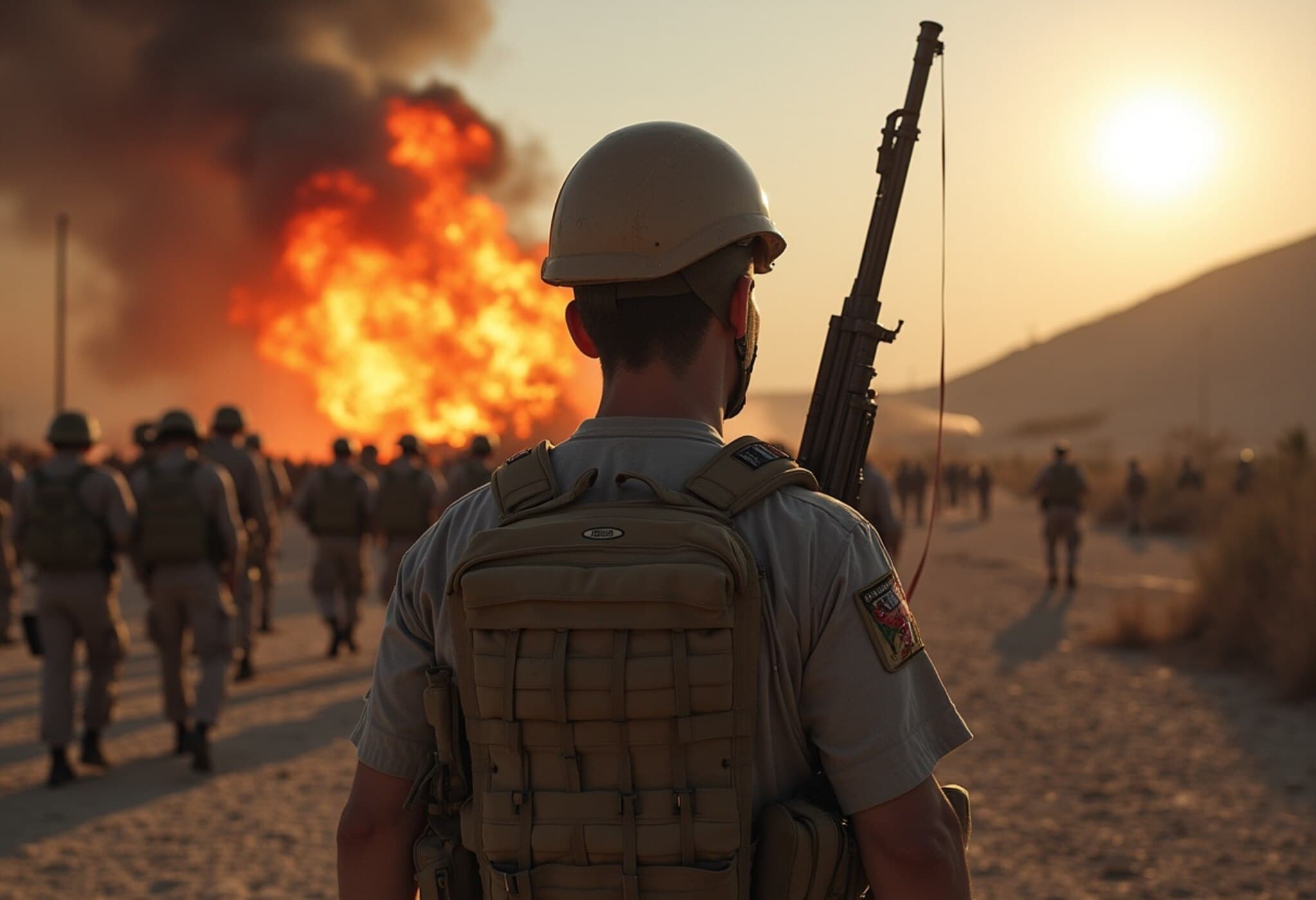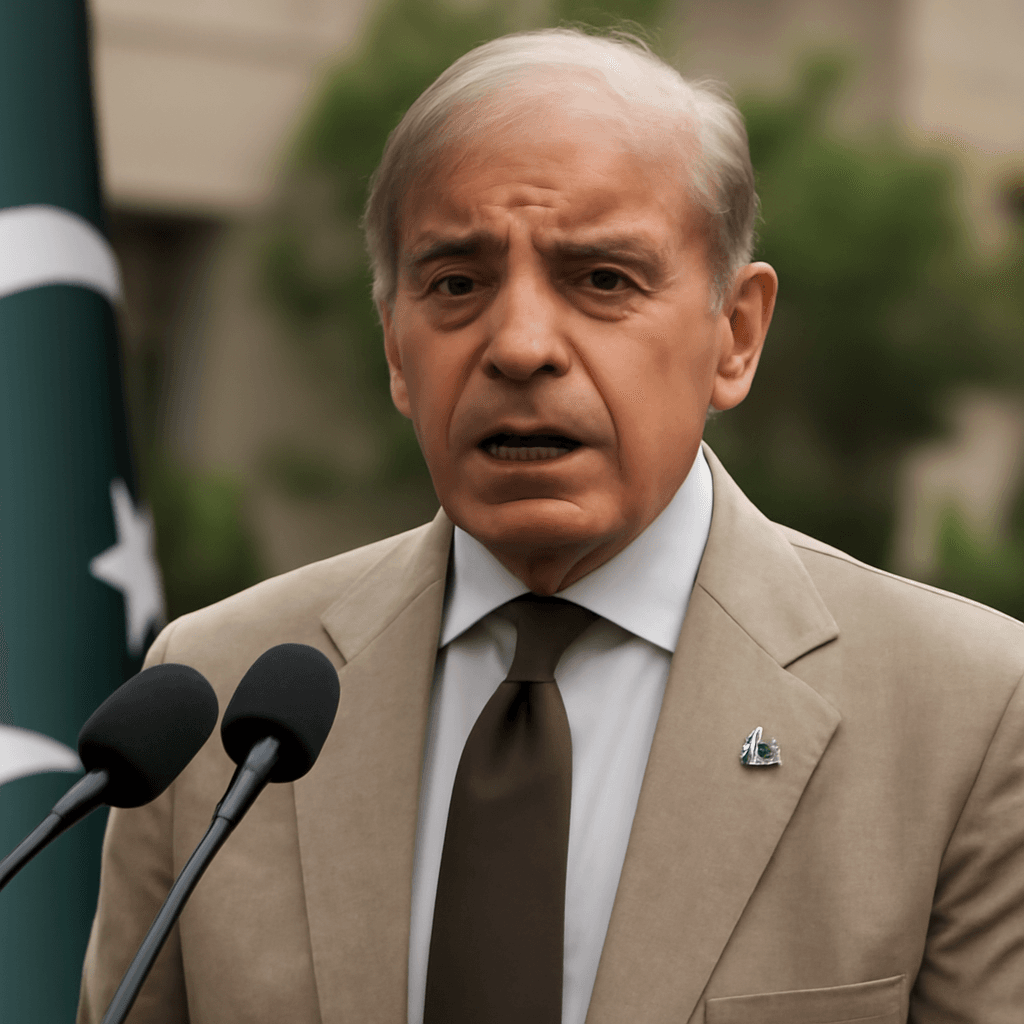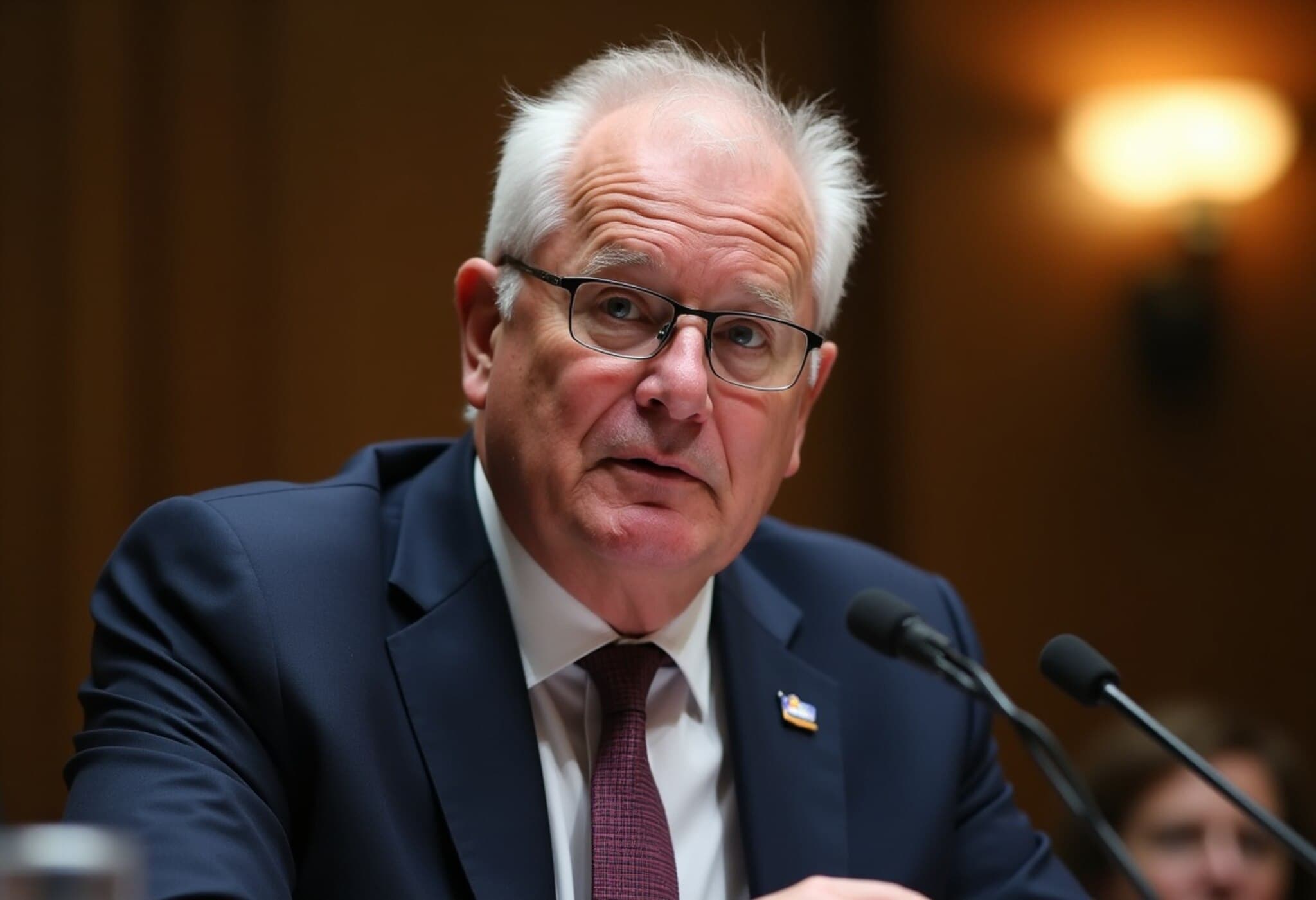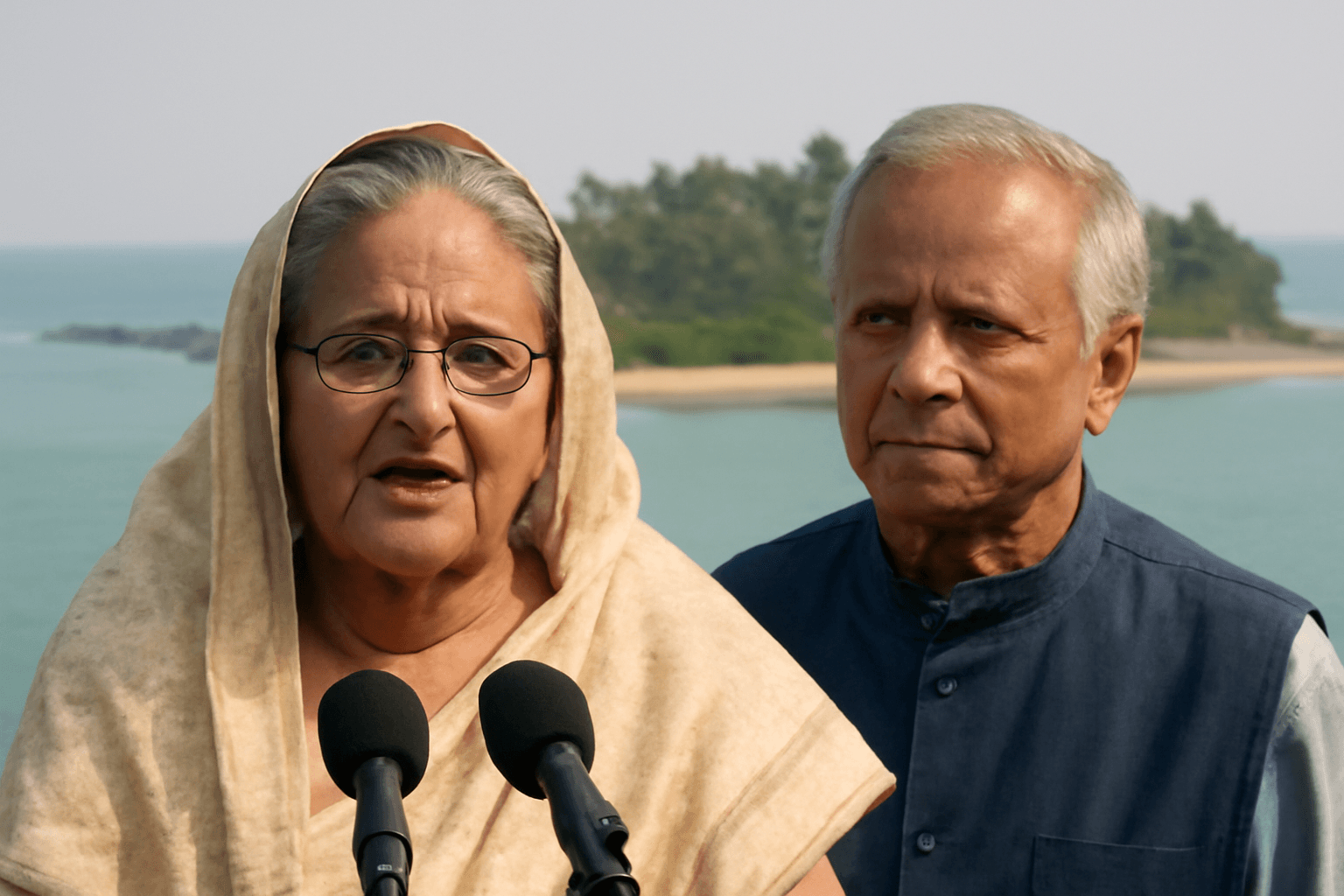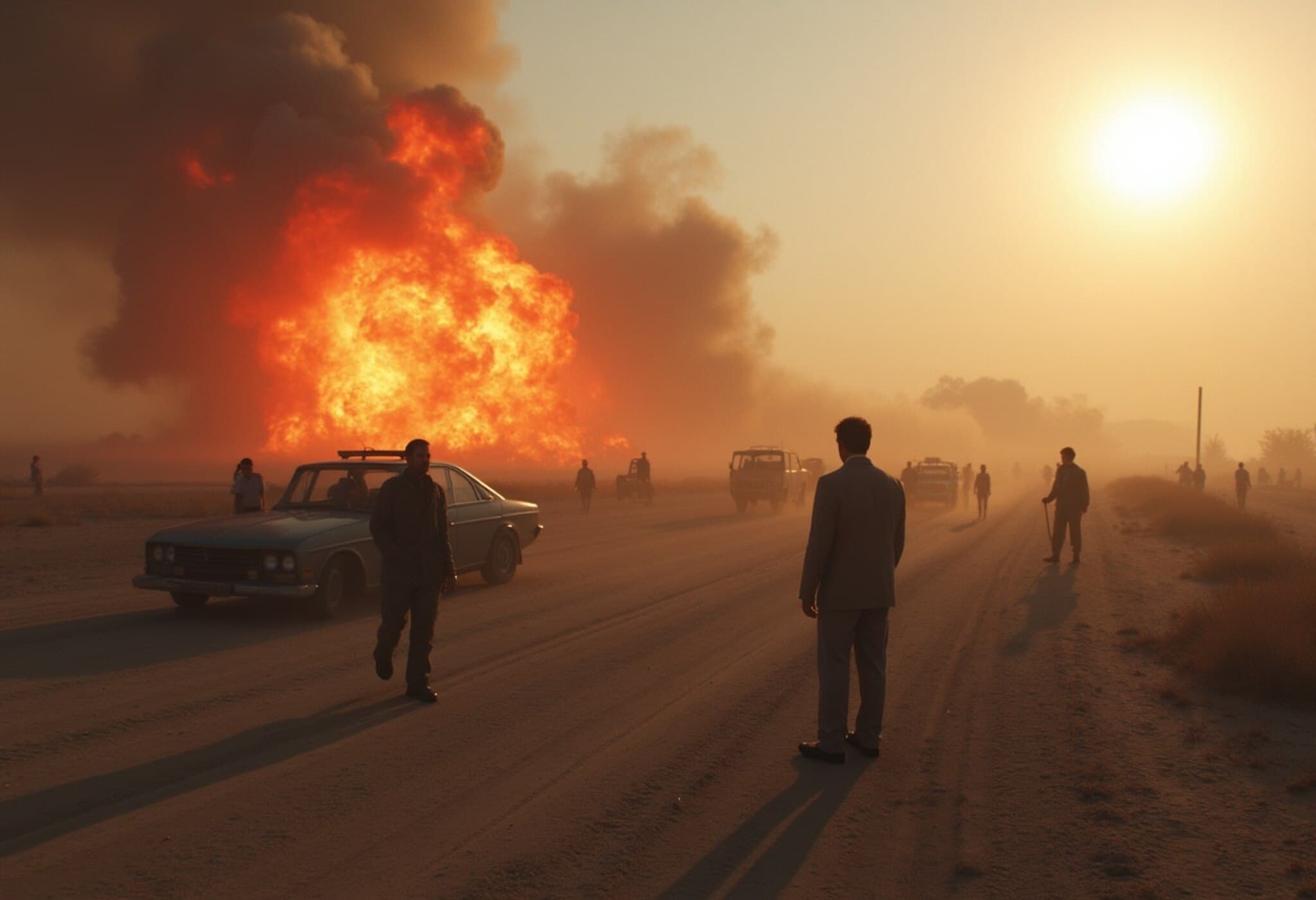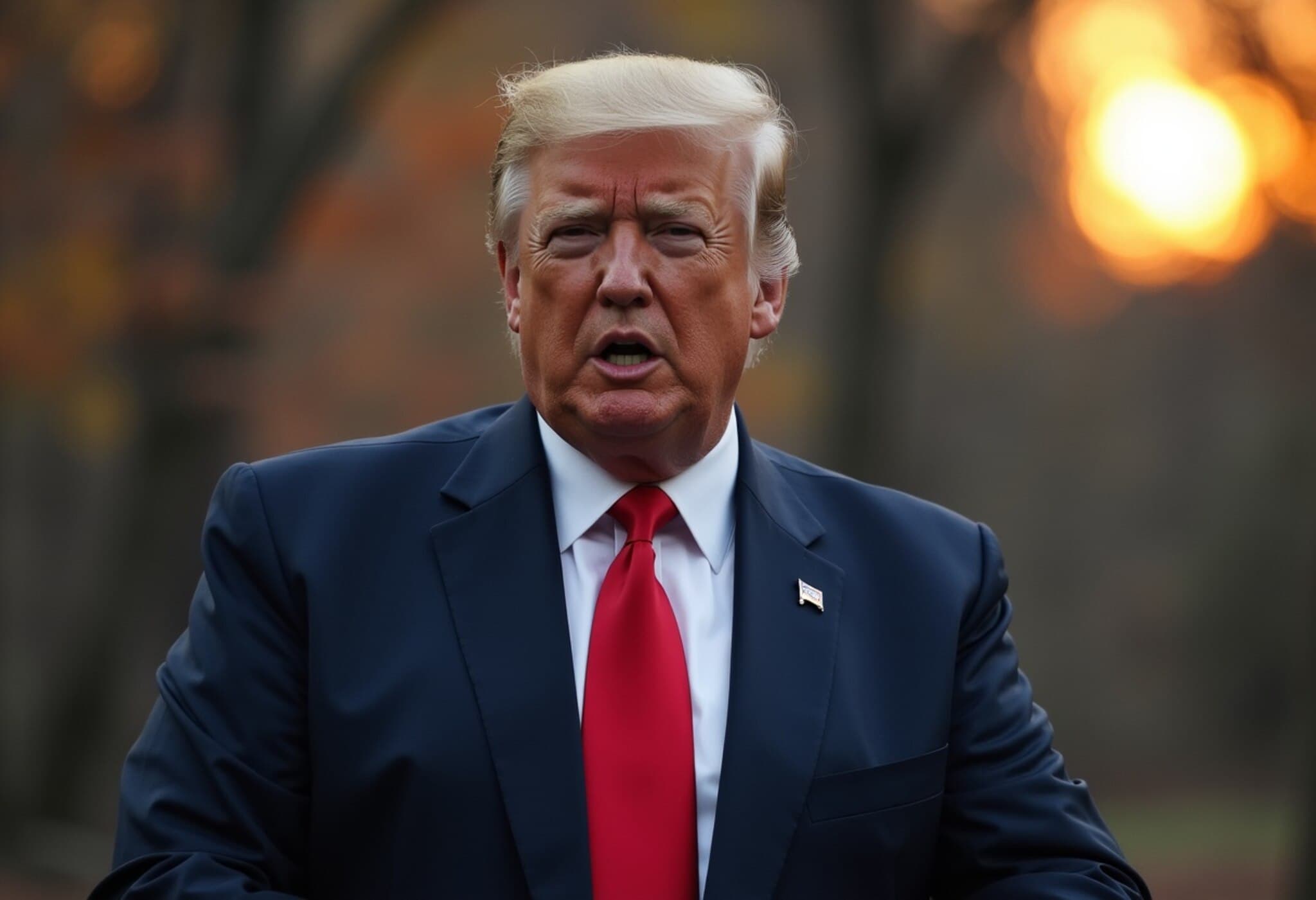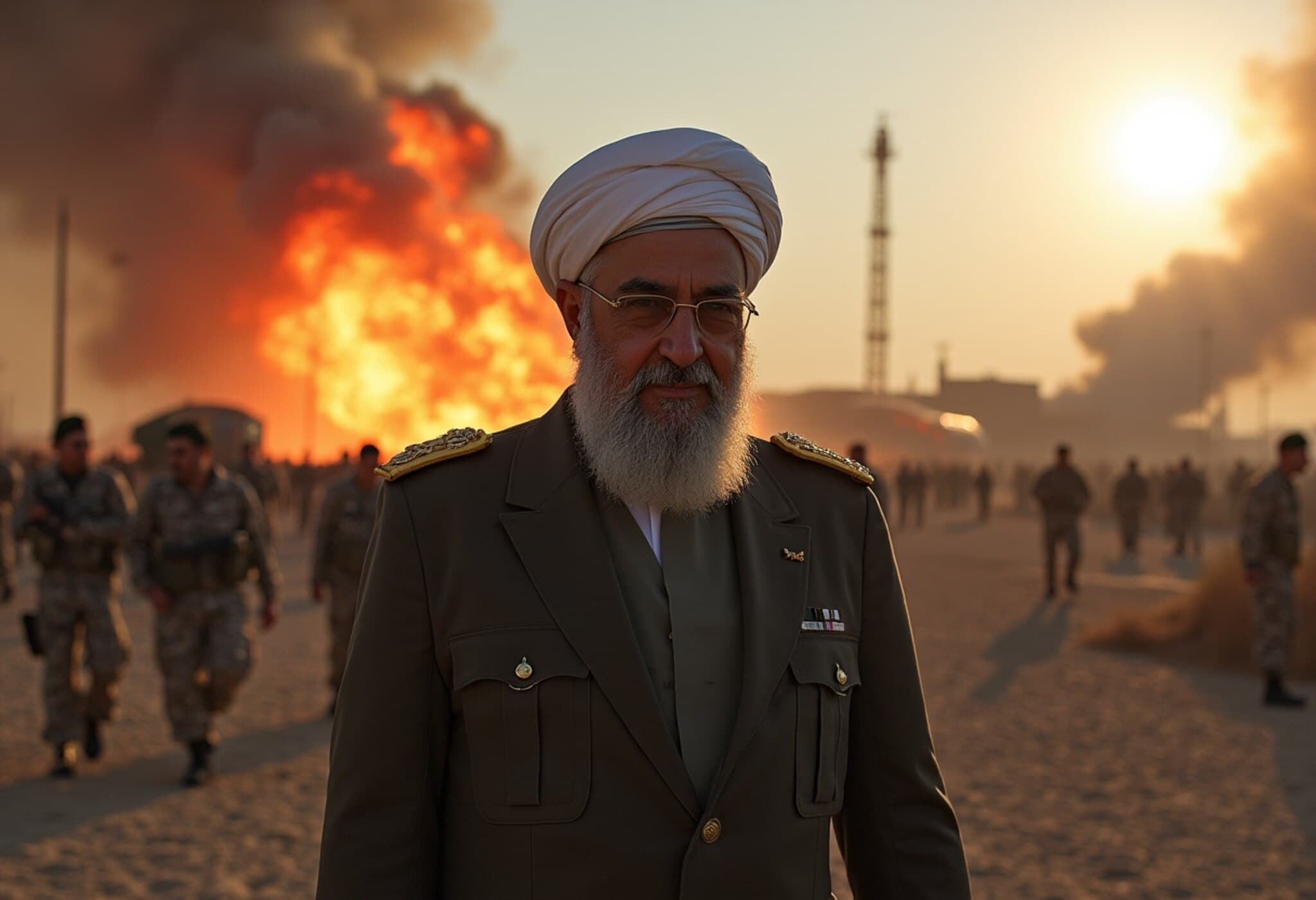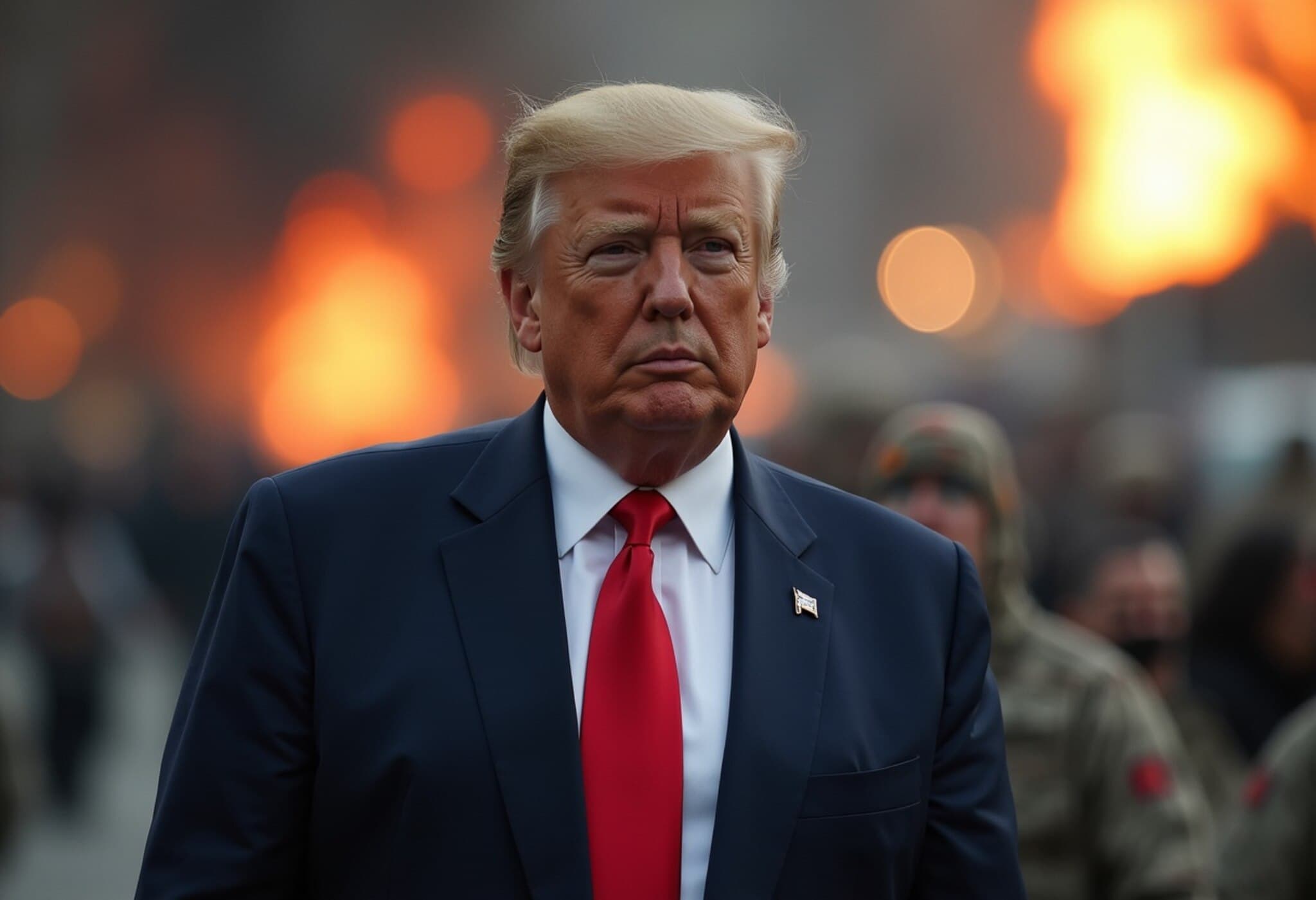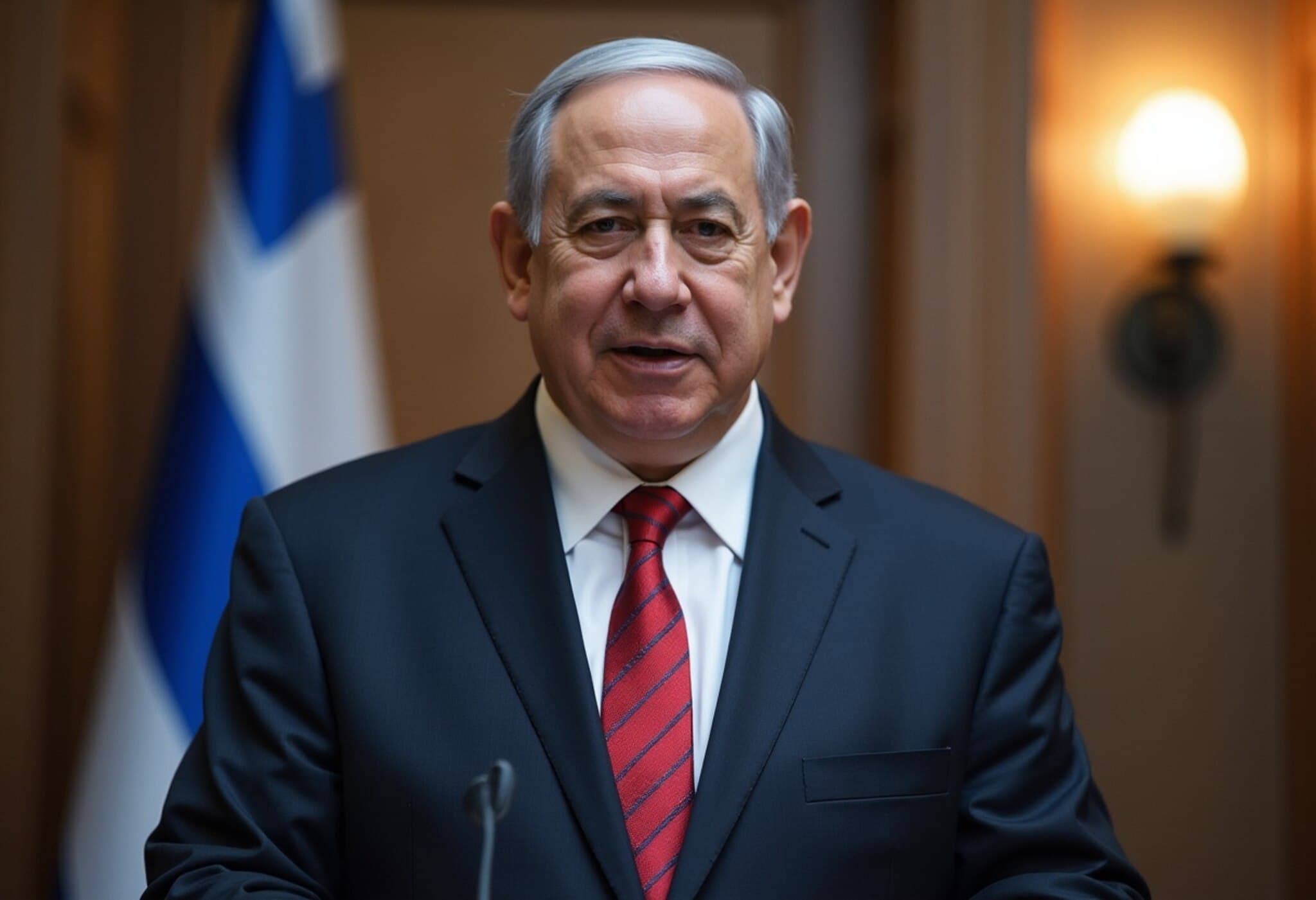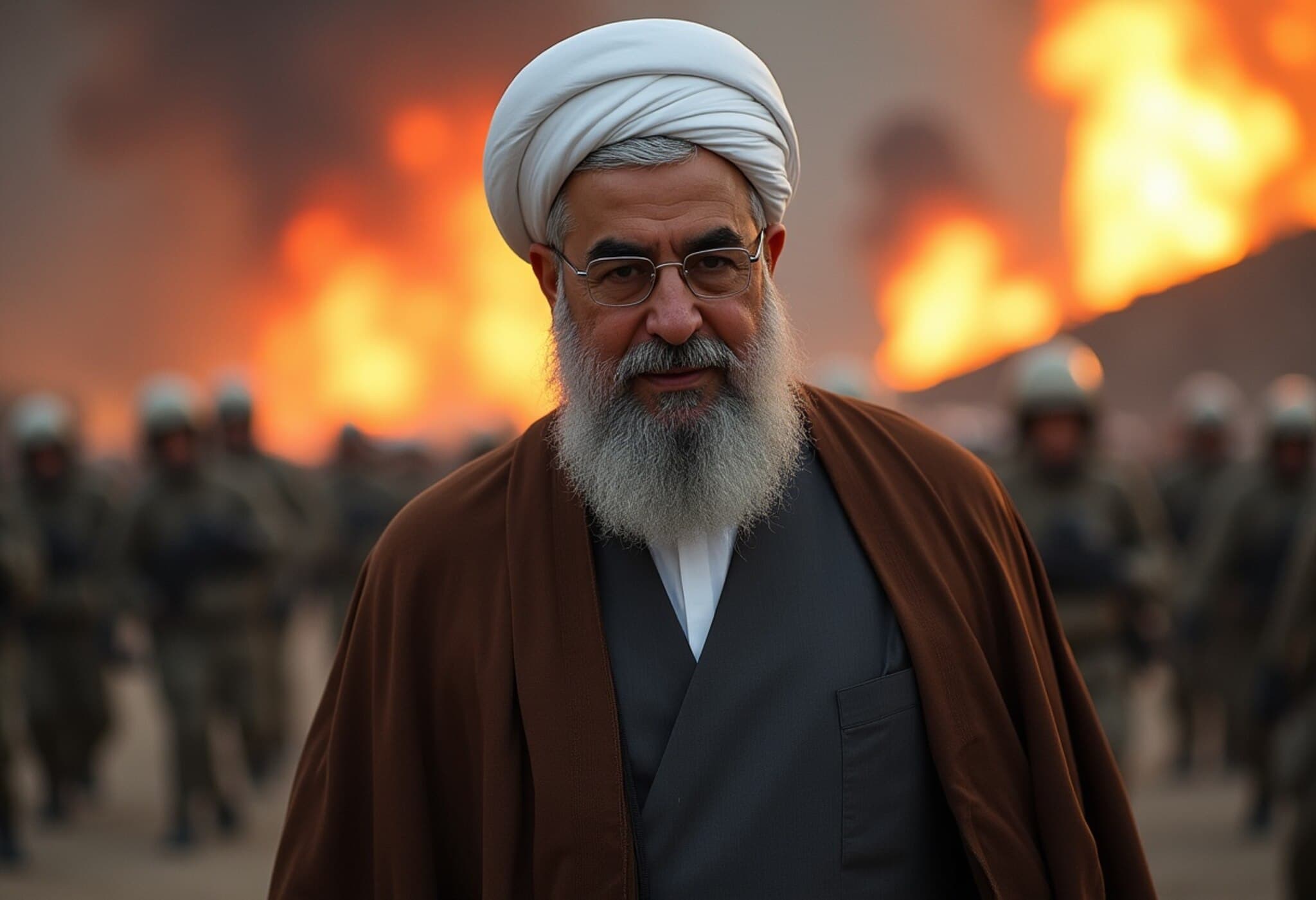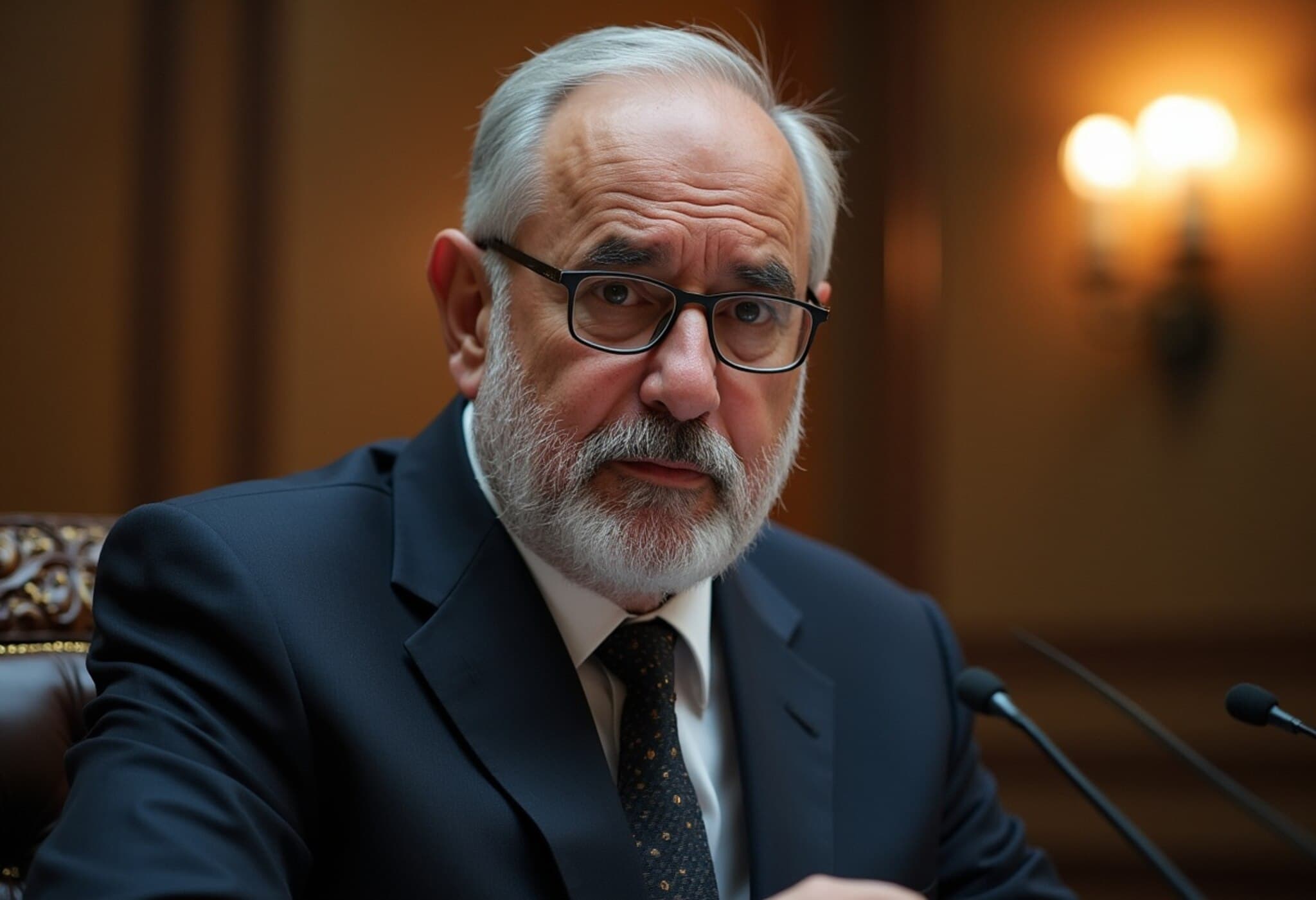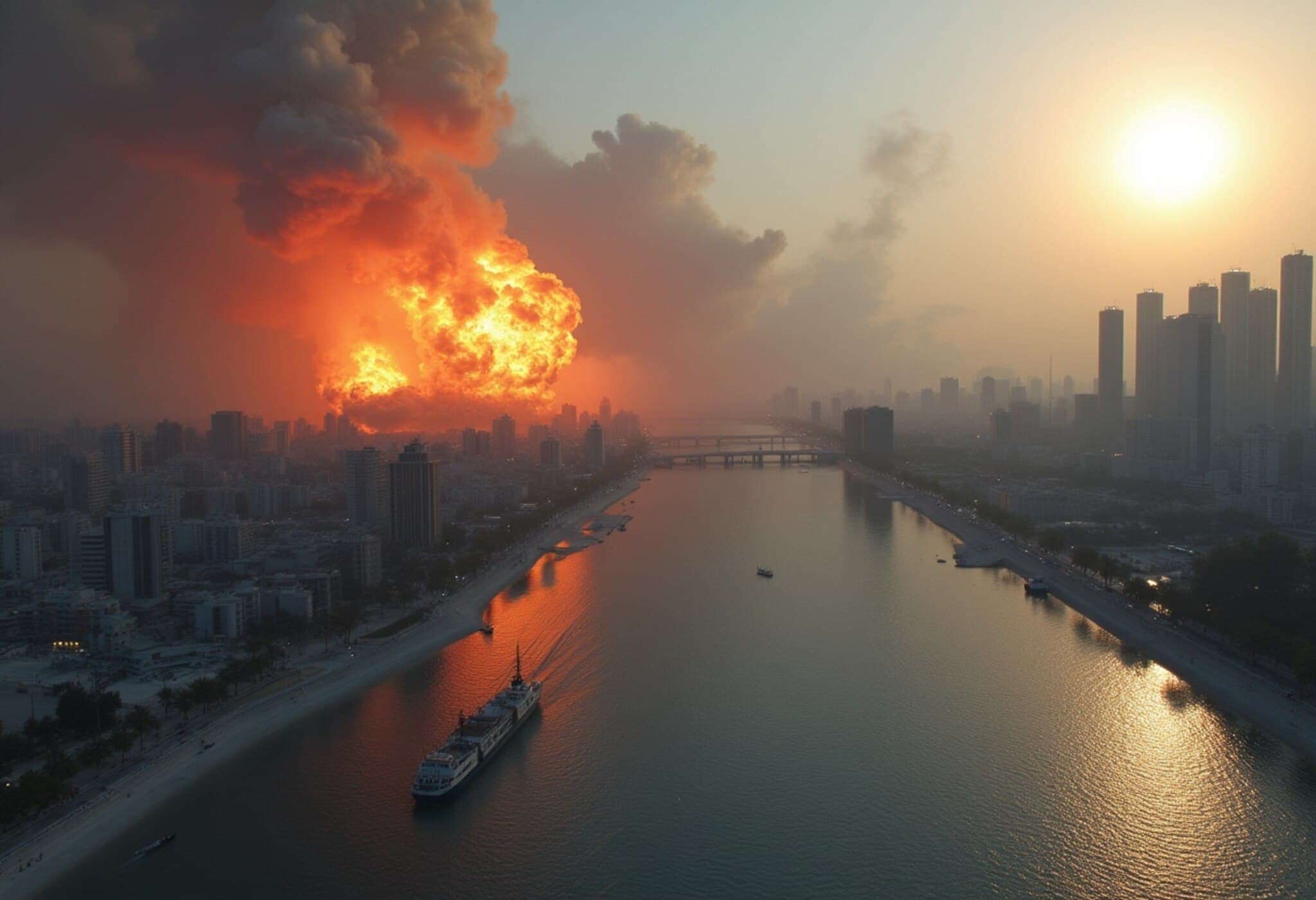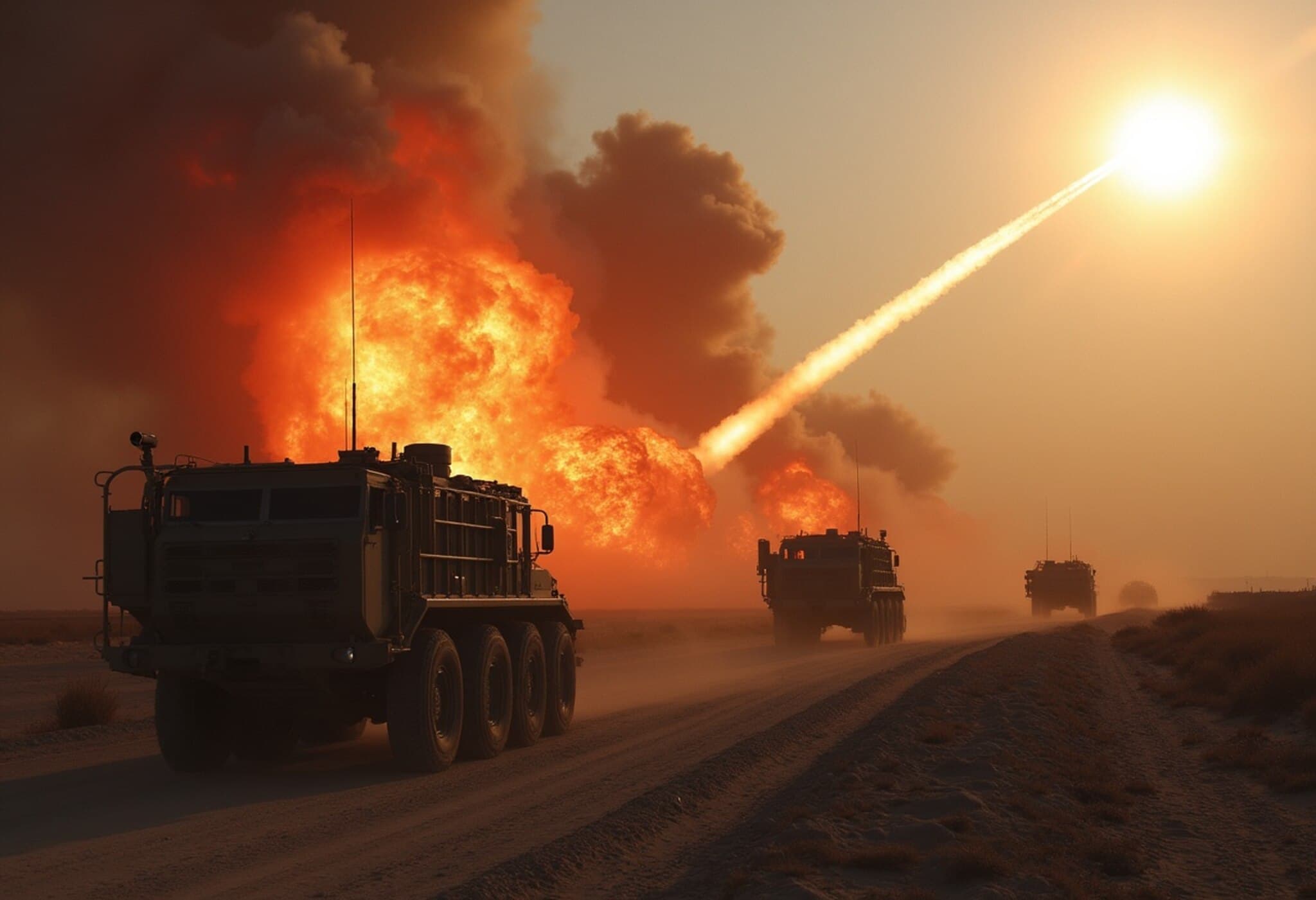From Iraq 2003 to Iran 2025: A Shift in American War Sentiment
Two decades ago, the United States embarked on a military invasion of Iraq with the backing of a strong majority of its population. Today, as precision airstrikes target Iran's nuclear facilities, the public response is strikingly different.
Recalling the 2003 Iraq Invasion
In March 2003, following the tragic events of 9/11, American patriotism surged amid fears of terrorism. The Bush administration painted a clear and urgent picture: Saddam Hussein possessed weapons of mass destruction and posed an imminent threat. This narrative resonated widely, as over two-thirds of Americans supported the invasion at the outset. Television scenes of "shock and awe" captivated the nation, while dissent against the war surfaced predominantly only after casualties mounted and the grim realities of occupation set in.
Contrasting Reactions to 2025 Strikes on Iran
Fast forward to June 2025, the United States launched airstrikes on Iran’s nuclear sites at Fordow, Natanz, and Isfahan. Unlike in 2003, these moves were met with sharp skepticism and widespread opposition. Polls revealed that approximately 60% of Americans opposed military action against Iran even before these strikes commenced. Rather than rallying behind the president, social media became a platform brimming with criticism, fear, and anger.
Voices across political divides questioned the legitimacy and wisdom of the strikes. Observers noted the absence of congressional approval, with many expressing doubts about the authorization and evidence behind the attacks. Traditionally staunch political supporters voiced concern, signaling a fractured base and underscoring deep anxieties about the potential consequences.
“Trump calls Iran the ‘bully of the Middle East,’ yet overlooks Israel’s military actions in the region,” noted one commentator online.
“This man announced an attack without congressional approval — hardly the conduct of an ‘anti-war’ president,” remarked another.
Why the Change in Public Outlook?
The diverging public attitudes between 2003 and 2025 stem from several key factors:
- Information Landscape: In 2003, dissent was often stigmatized as unpatriotic amid centralized media narratives. Today’s digital age empowers citizens to instantly challenge official stories and organize opposition.
- Experience with Past Interventions: Troubling outcomes in Iraq and Afghanistan have fostered wariness toward foreign military engagements.
- Political Skepticism: Concerns about executive power bypassing Congress influence reactions, as does heightened polarization and scrutiny of presidential motives.
The Libya Intervention: A Precedent for Cautious Sentiment
The 2011 US-led campaign in Libya provides an instructive comparison. Initial public support was tepid, with a majority opposing military involvement or ground troop deployment. While support for removing Muammar Gaddafi grew over time, backing for airstrikes remained lukewarm, reflecting cautious attitudes toward interventions perceived as open-ended or lacking clear mandates.
Looking Ahead
The landscape of American public opinion on military action has evolved dramatically since the early 2000s. The collective memory of costly, prolonged conflicts combined with a dynamic, decentralized media environment makes it less likely that sweeping support for war will materialize swiftly. As events unfold, the nation grapples with complex questions of authority, justification, and the path forward in a turbulent region.

